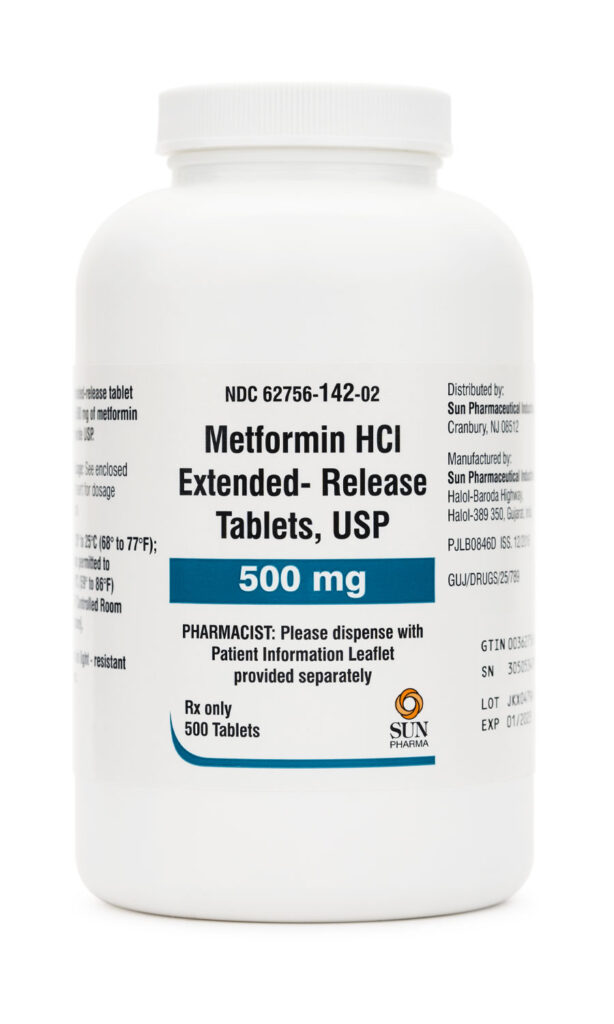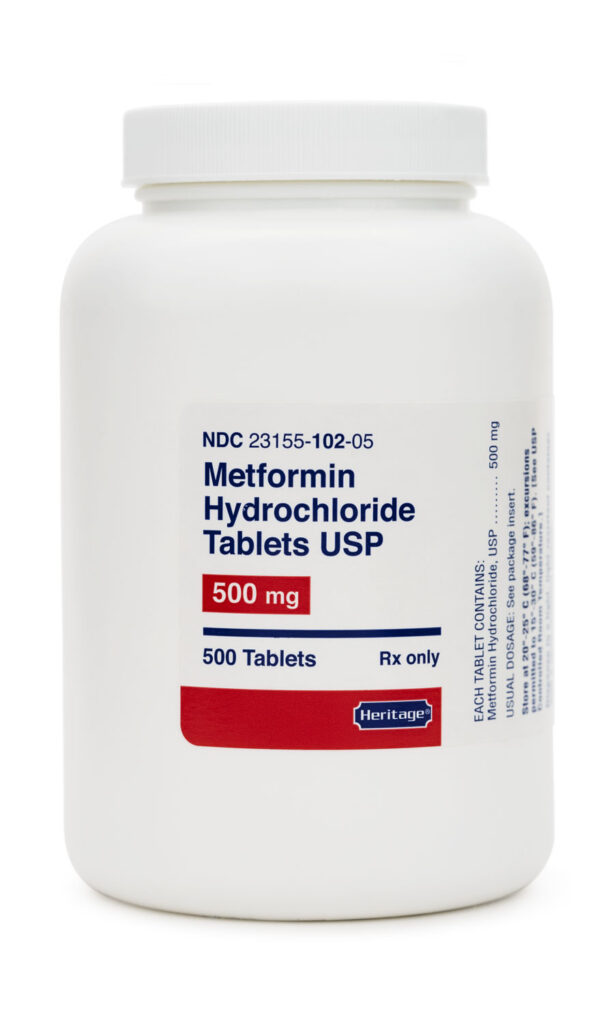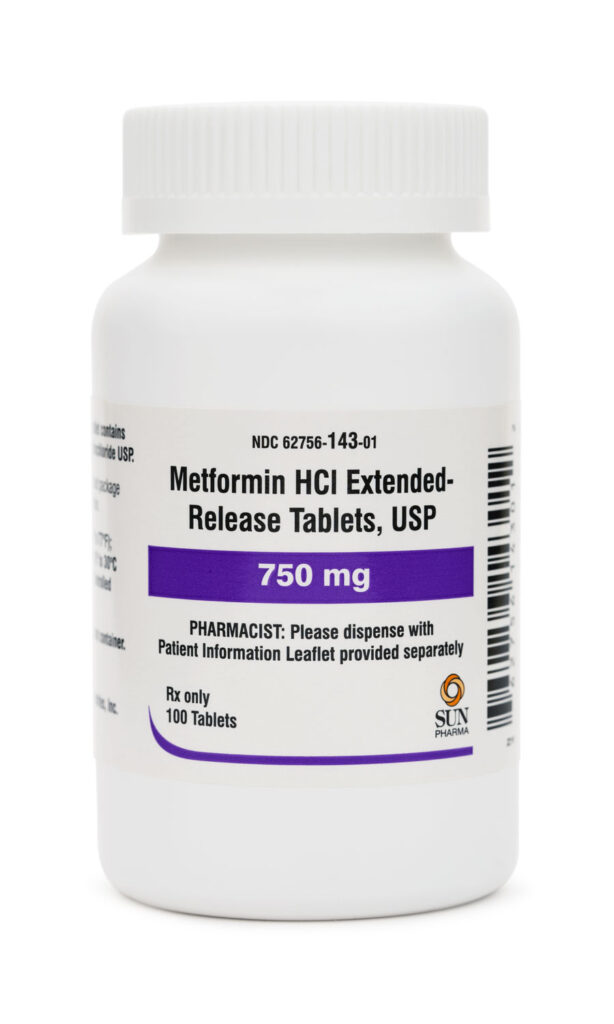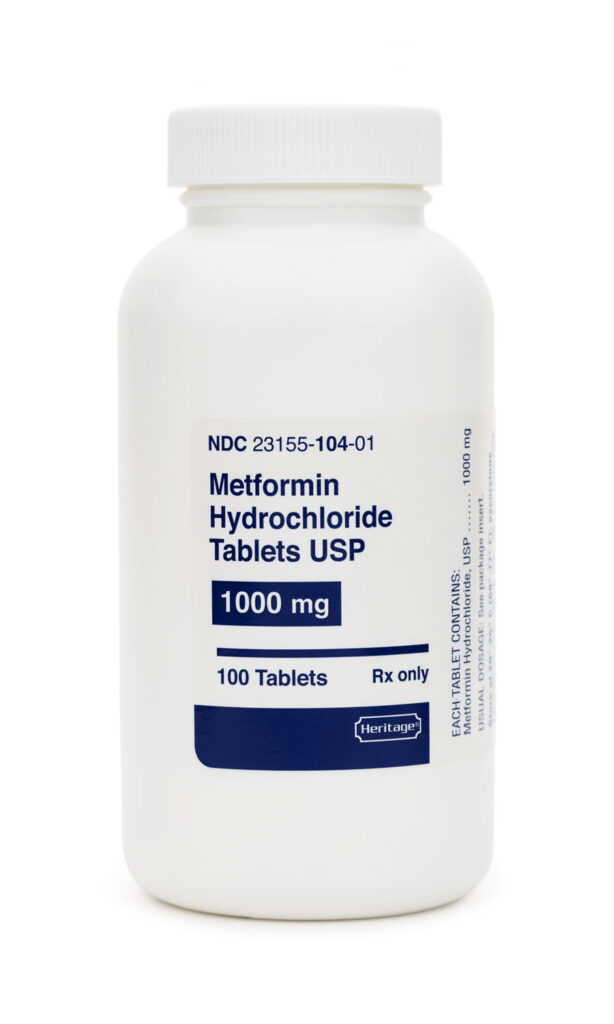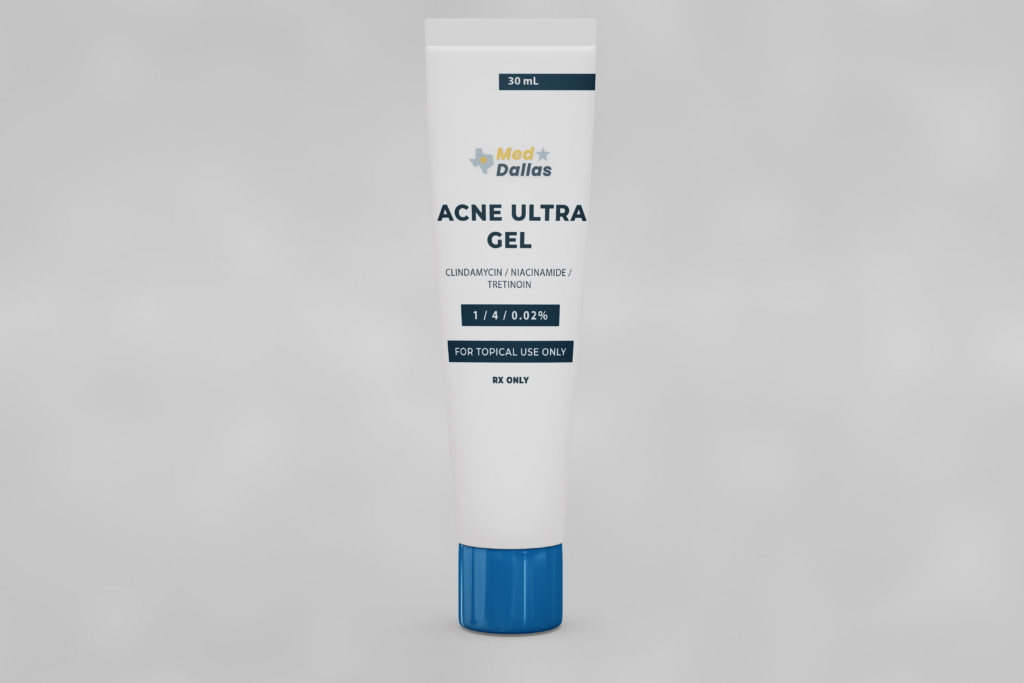
Skin Care
Acne Ultra Gel
Acne Ultra Gel is a powerful combination treatment for acne, containing Clindamycin Phosphate, Niacinamide, and Tretinoin in a 30 mL formulation. Clindamycin Phosphate, an antibiotic effective against the bacteria responsible for acne, helps reduce inflammation and prevent further breakouts. Niacinamide, a form of vitamin B3, provides anti-inflammatory benefits and supports skin barrier function, reducing redness and swelling. Tretinoin, a derivative of vitamin A, promotes cell turnover, helping to unclog pores and reduce the formation of acne. Together, these ingredients work synergistically to treat mild to moderate acne, improve skin texture, and reduce the appearance of acne-related hyperpigmentation. This topical gel is designed to be applied once daily to clean, dry skin, avoiding the eyes and lips.

